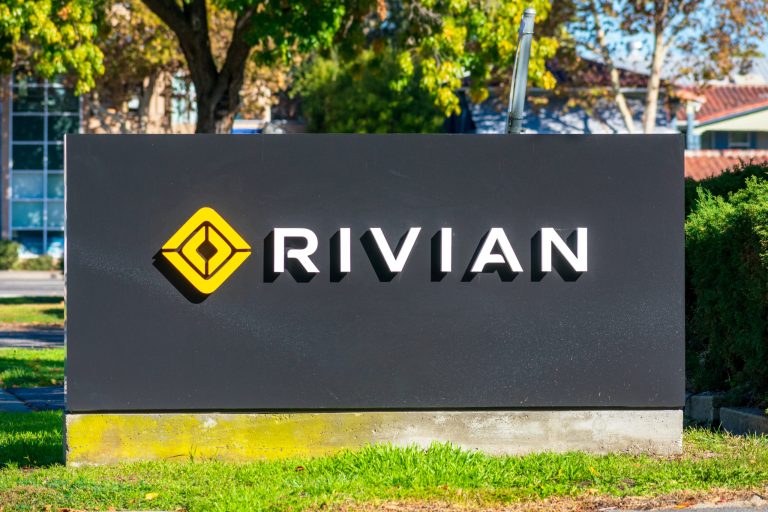Rocket Lab stock price has suffered a harsh reversal recently, falling for two consecutive weeks. It has dropped by over 17% from its highest level this year, meaning that it has entered a technical correction.
Growth trajectory continues
Rocket Lab is a leading company in the space industry with a market cap of over $12 billion.
Established in 2006, the firm has become one of the closest competitors to SpaceX, the giant firm started by Elon Musk. It also competes with Jeff Bezos’ Blue Origin, and Intuitive Machines.
Rocket Lab launches its satellites in the United States and New Zealand. All of its current work uses the Electron rocket, which carries small and medium-sized satellites to space.
The company is now working on Neutron, which will have a low earth orbit load of up to 15,000 and a geostationary transfer orbit (GTO) payload of 8,000 kilograms. Neutron hopes to compete better with Elon Musk’s rockets, which are the current market leaders.
Rocket Lab hopes that the Neutron rocket will be ready in 2025, further than the expected this year. It has already secured a few contracts for the Neutron. The company hopes that it will have one flight in 2025, three in 2026, and then scaling up further in the next few years.
Neutron has already received a $24.35 million contract from the Space Force, a government agency that was developed by Donald Trump. It has also received deals with the US Transportation Command and the Air Force Research Laboratories.
Read more: Rocket Lab stock: RKLB Could rise or fall 40% after earnings
Growth is continuing
Rocket Lab’s business is growing as demand for satellite launches rises. The most recent results showed that the company’s revenue rose by 55% in the third quarter to over $105 million.
Most importantly, the closely-watched backlog figure rose to $1.05 billion, a 80% annualised increase. The company expects that its fourth-quarter revenue will be between $125 million and $135 million, the biggest quarter ever.
Rocket Lab’s fundamentals are also improving as the price for its launches has continued rising. The electron average sale price has jumped by about 67% since its debut in 2017. A single launch has grown from about $5 million to $8.4 million.
The biggest challenge for Rocket Lab is that it is still making huge losses and burning substantial sums of money. Its most recent financial results showed that the net loss stood at $51.9 million, a big increase from the $39 million it lost in the same period last year.
Rocket Lab’s net loss for the first three quarters of the year stood at $137 million, higher than the $132 million it lost a year earlier. This loss-making trajectory will continue in the next few years as it ramps up its neutron product.
These numbers mean that Rocket Lab may be forced to raise cash in 2025 since it ended the quarter with $695 million in current assets. Its cash and equivalents stood at $292 million, while its marketable securities were $149 million.
This means that it may raise cash later in 2025, a move that will dilute existing shareholders. Rocket Lab’s total outstanding shares have risen to about 500 million from 475 million last year.
Read more: Avoid Virgin Galactic stock: buy Rocket Lab instead
Rocket Lab stock price analysis
RKLB chart by TradingView
The RKLB share price has dropped sharply after Donald Trump appointed Jared Isaachman, an Elon Musk ally as the head of NASA. The theory is that he will favor Elon Musk’s SpaceX in terms of NASA launch contracts. However, in reality, these fears may be overblown.
The Rocket Lab stock price has remained significantly higher than the 50-day and 100-day Exponential Moving Averages (EMA). That is a sign that bulls are in control for now.
However, it also means that there is a possibility of mean reversion happening. Mean reversion happens when an asset drops back closer to the moving averages, and is a common occurrence in the financial market.
Therefore, with the stock up by 400% in the last 12 months, there is a likelihood that it will retreat in the coming months. If this happens, the next level to watch will be at $16.9, its lowest swing in November. A move above the year-to-date high of $28 will confirm the bullish trend.
Read more: Rocket Lab stock price to enter beast mode with a 46% upside
The post Rocket Lab stock price analysis: is the RKLB rally over? appeared first on Invezz










